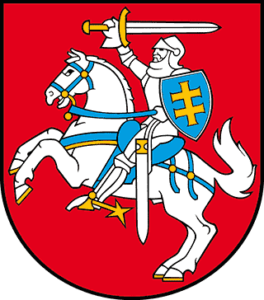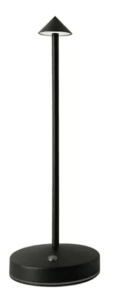![]() On October 1, 2020 (blog article) the Italian patent and trademark office joined the DAS system. It became a Depositing Office in the DAS system for the following kinds of applications:
On October 1, 2020 (blog article) the Italian patent and trademark office joined the DAS system. It became a Depositing Office in the DAS system for the following kinds of applications:
-
- national industrial design applications
- national patent applications
- national trademark applications
- national utility model applications
- PCT international applications
On September 1, 2023, the Italian patent and trademark office will become an Accessing Office in the DAS system for these same kinds of applications. This is, of course, a very exciting development for the Italian patent and trademark office and for the DAS system.



